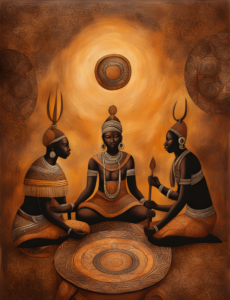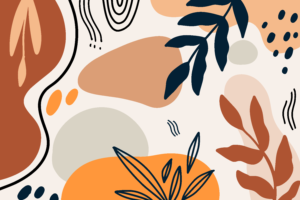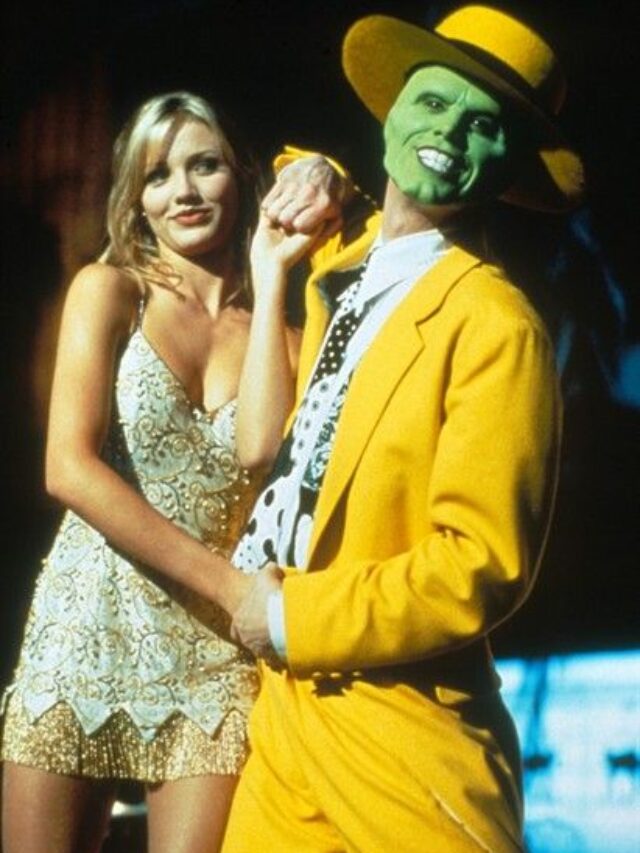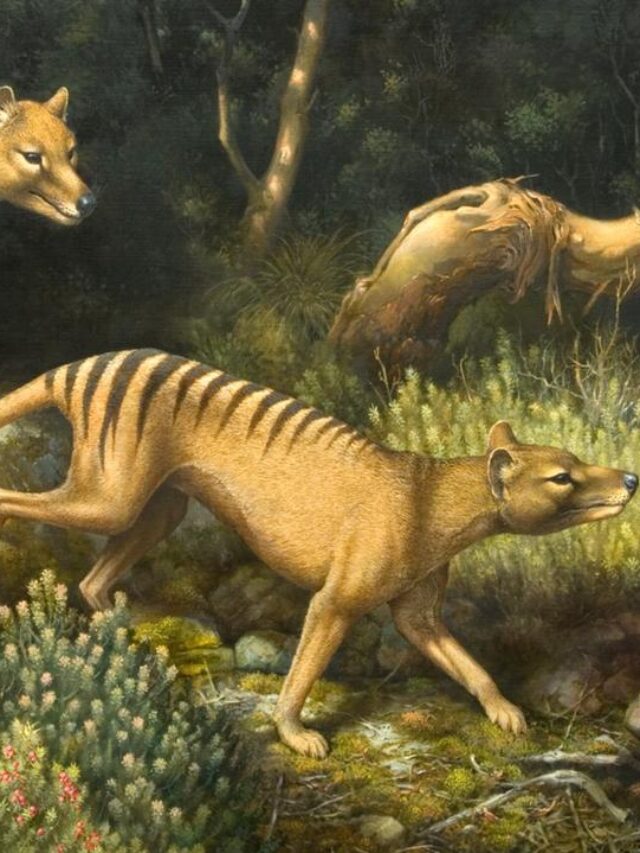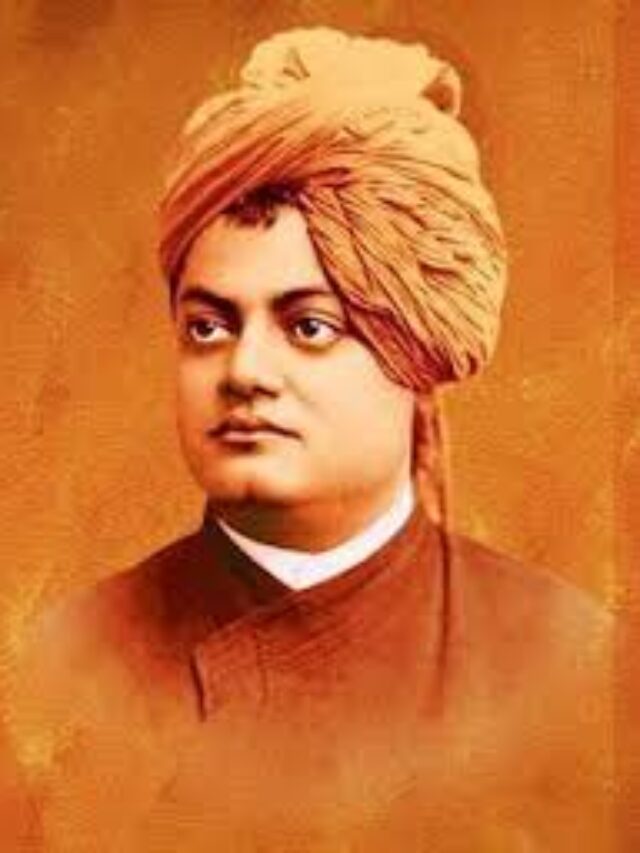Born in 1452, Leonardo da Vinci was most famous as an artist, but he was also a scientist, mathematician, inventor, sculptor, architect, botanist, musician, and writer.
He is one of the most famous artists in history, and some think he is one of the most talented of all time.
Leonardo was born in Vinci, a small town in Italy, where he got his name – ‘da Vinci’ means ‘Vinci’, so he is known as ‘Leonardo of Vinci’.
Leonardo began painting at an early age, and when he was fourteen, he was sent to the city of Florence and apprenticed to an artist named Verrocchio.
Verrocchio and his apprentices often worked on pieces together in the workshop. This is why Leonardo painted only a fraction of his early paintings.
Leonardo was so good at work when he was twenty that his father set up a workshop for him, and it was then that he began creating his own works of art. Despite his training as an artist, Leonardo does not seem to have thought of himself as a painter.
When he moved to Milan at the age of thirty he later wrote to the Duke there about what wonderful and different things he could do in engineering, and, he added, he could even ‘painting’.
Art and science were not seen as separate studies, but as two sides of the same coin during the Renaissance.
It is true that Leonardo was full of ideas for inventions that would not be used for hundreds of years and that he spent a lot of time in close and careful study of the world around him.
A long time was spent by him studying human anatomy, he conceived of ways that people could walk on water and designed armored tanks; He invented an early parachute and a version of the helicopter, a self-propelled carriage, and scuba diving gear.
Some of his inventions were used, some were forgotten and others never actually worked. The one thing Leonardo wanted all along was to find a way for man to fly.
He tried countless methods and studied birds, but as far as we know, Leonardo da Vinci never achieved flight.
His two paintings ‘The Last Supper’ and ‘The Monalisa’ are considered to be the most famous paintings in the world.
Unlike many other artists, Leonardo da Vinci was incredibly famous and successful during his lifetime.
And even after his death people were interested in him and his art. People have studied and enjoyed his work for over five hundred years.
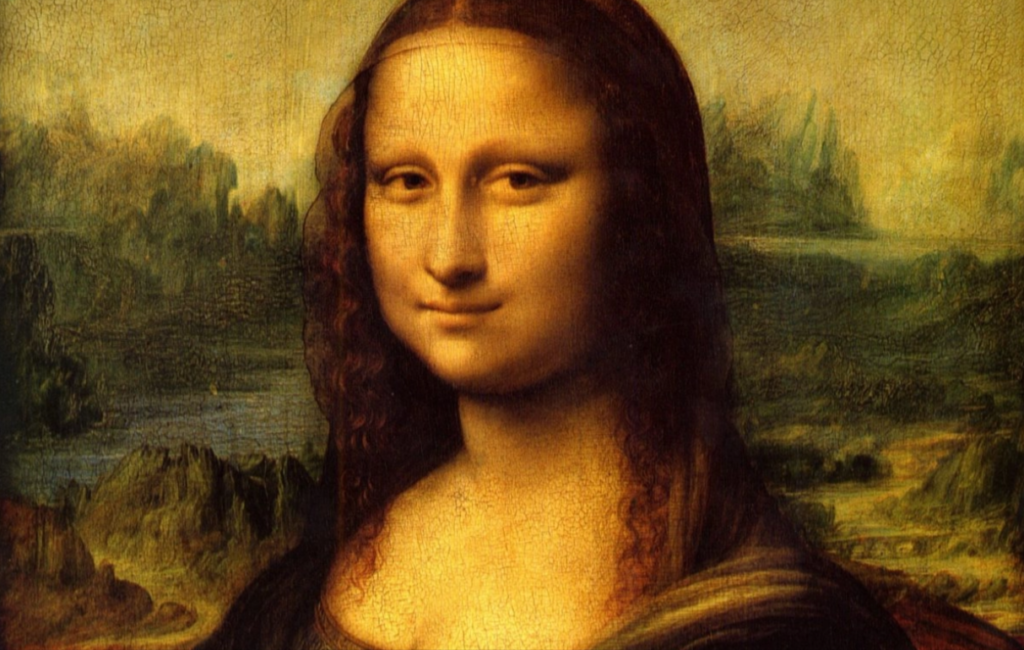
MONALISA
Here is a table of some notable paintings by Leonardo da Vinci, along with their names, approximate years of creation, and the techniques used:
| Painting Name | Year | Technique |
|---|---|---|
| Mona Lisa | c. 1503-06 | Oil on poplar panel |
| The Last Supper | c. 1495-98 | Tempera and oil on gesso |
| The Vitruvian Man | c. 1490 | Pen and ink on paper |
| Lady with an Ermine | c. 1489-90 | Oil on walnut panel |
| Ginevra de’ Benci | c. 1474-78 | Oil on poplar panel |
| Annunciation | c. 1472-75 | Oil and tempera on wood |
| Baptism of Christ | c. 1472-75 | Oil and tempera on wood |
| Adoration of the Magi | c. 1481 | Oil on wood |
| Saint John the Baptist | c. 1513-16 | Oil on walnut panel |
Please note that the exact years of creation for some of Leonardo da Vinci’s works are still a subject of scholarly debate, and the dates provided here are approximate.
Here are a few more paintings by Leonardo da Vinci, along with their names, approximate years of creation, and the techniques used:
| Painting Name | Year | Technique |
|---|---|---|
| Salvator Mundi | c. 1506 | Oil on walnut panel |
| Madonna of the Rocks (Louvre) | c. 1483-86 | Oil on poplar panel |
| Madonna of the Rocks (National Gallery) | c. 1495-1508 | Oil on panel |
| Study of Cat Movements | c. 1517 | Pen and ink on paper |
| The Musician | c. 1485-90 | Tempera on panel |
| Leda and the Swan | c. 1503-07 | Pen and ink on paper with wash |
As with the previous table, please note that the exact years of creation for some of these works are still a subject of scholarly debate, and the dates provided here are approximate.
few more paintings by Leonardo da Vinci:
| Painting Name | Year | Technique |
|---|---|---|
| The Benois Madonna | c. 1478-80 | Tempera on panel |
| The Madonna and Child with a Cat | c. 1478-80 | Oil on panel |
| Study of Hands | c. 1490-95 | Silverpoint on prepared paper |
| Study of the Fetus in the Womb | c. 1511 | Pen and ink on paper |
These additional works showcase Leonardo da Vinci’s mastery in various techniques and subject matter, from religious paintings to anatomical studies and sketches. Again, please note that the exact dating of some of these works may vary among art historians.
a few more paintings and studies attributed to Leonardo da Vinci:
| Painting/Study Name | Year | Technique |
|---|---|---|
| Study of Proportions of the Human Head | c. 1489 | Pen and ink on paper |
| Study of the Flight of Birds | c. 1505-06 | Pen and ink on paper |
| Head of a Woman | c. 1508-10 | Black chalk on paper |
| A Man Tricked by Gypsies | c. 1510 | Pen and ink on paper |
| Study of Water | c. 1513-16 | Pen and ink on paper |
| Anatomical Studies | Various | Pen and ink on paper |
These works reflect Leonardo’s diverse interests, from anatomy and scientific studies to detailed observations of nature and the human form. Again, please note that the dating of some of these works may vary slightly among scholars.
here are a few more notable works and studies attributed to Leonardo da Vinci:
| Painting/Study Name | Year | Technique |
|---|---|---|
| The Battle of Anghiari | c. 1503-06 | Unfinished fresco |
| The Battle of Cascina | c. 1504-05 | Cartoon, not completed |
| Study of the Heart and Blood Circulation | c. 1511-13 | Anatomical studies |
| Study of the Shoulder Blade | c. 1510-13 | Pen and ink on paper |
| Study of Horses | c. 1490s | Pen and ink on paper |
| Study of Drapery | c. 1470s | Metalpoint on paper |
These additional works and studies further illustrate Leonardo da Vinci’s wide-ranging talents and interests, encompassing art, science, and the study of the natural world. Keep in mind that Leonardo’s extensive
Here are a few more works and studies attributed to Leonardo da Vinci:
| Painting/Study Name | Year | Technique |
|---|---|---|
| Study of the Deluge | c. 1515 | Pen and ink on paper |
| The Adoration of the Magi (uncompleted) | c. 1481-82 | Oil on wood |
| Study of Lilies | c. 1508-14 | Red chalk on paper |
| The Grotesque Heads | Various | Pen and ink on paper |
| Codex Leicester | Various | Manuscript with drawings |
| Codex Atlanticus | Various | Manuscript with sketches |
These additional works and studies provide a glimpse into the breadth of Leonardo da Vinci’s talents and his insatiable curiosity about the world around him. The Codex Leicester and Codex Atlanticus are notebooks filled with a wide range of Leonardo’s ideas, inventions, and observations. The dates provided are approximate, as many of these studies were ongoing throughout his lifetime.
Here are a few more works and studies attributed to Leonardo da Vinci:
| Painting/Study Name | Year | Technique |
|---|---|---|
| The Baptism of Christ (collaboration with Verrocchio) | c. 1474-1475 | Oil and tempera on panel |
| The Adoration of the Magi (collaboration with others) | c. 1481-1482 | Unfinished, various media |
| The Madonna of the Yarnwinder | c. 1501 | Oil on walnut panel |
| Study of the Sforza Monument | c. 1489-1490 | Sculptural studies |
| Study of Water Flow | c. 1510-1513 | Pen and ink on paper |
| The Battle of the Centaurs (early work) | c. 1480 | Tempera on panel |
These additional works and studies showcase Leonardo da Vinci’s collaborative efforts, as well as his explorations in various artistic and scientific fields.
Here are a few more notable works and studies attributed to Leonardo da Vinci:
| Painting/Study Name | Year | Technique |
|---|---|---|
| Study of Birds | c. 1480s | Pen and ink on paper |
| Study of Hands and Arms | c. 1490-95 | Pen and ink on paper |
| Study of Light and Shadow | Various | Extensive exploration |
| The Head of a Young Woman | c. 1508-10 | Red chalk on paper |
| Study of Human Skull | c. 1489-90 | Pen and ink on paper |
| The Scapigliata | c. 1508-12 | Oil on wood panel |
These additional works and studies further emphasize Leonardo da Vinci’s meticulous observations of the natural world, including the human body, animals, and the play of light and shadow. His innovative techniques and keen eye for detail continue to inspire artists and scientists to this day. Please note that the dating of some of these studies may vary among scholars.
Here are a few more works and studies attributed to Leonardo da Vinci:
| Painting/Study Name | Year | Technique |
|---|---|---|
| Study of Cat Movements (second study) | c. 1517 | Pen and ink on paper |
| The Flora Madonna | c. 1478 | Tempera on panel |
| Study of Knots | c. 1500-1510 | Pen and ink on paper |
| Study of Waves | c. 1510-1513 | Pen and ink on paper |
| The Madonna of the Carnation | c. 1480 | Oil on panel |
| Studies of Vultures | c. 1480 | Pen and ink on paper |
These additional works and studies continue to demonstrate Leonardo da Vinci’s incredible versatility as an artist, scientist, and inventor. His meticulous observations and contributions span a wide range of subjects, from anatomy and natural phenomena to religious art and botanical studies. Please note that the dating of some of these studies may vary among experts.
Here are a few more works and studies attributed to Leonardo da Vinci:
| Painting/Study Name | Year | Technique |
|---|---|---|
| The Battle of Romano | c. 1506-12 | Not completed |
| Study of the Solar System | c. 1512 | Pen and ink on paper |
| Study of Horse’s Leg Muscles | c. 1508 | Pen and ink on paper |
| The Angel in the Virgin of the Rocks | c. 1491 | Oil on panel |
| Study of the Heart Valve | c. 1512-1513 | Pen and ink on paper |
| Study of Hair and Beards | c. 1490-95 | Pen and ink on paper |
These additional works and studies highlight the wide range of subjects that captured Leonardo da Vinci’s curiosity and artistic talent. His studies of the natural world, anatomy, and scientific phenomena were pioneering and laid the foundation for many fields of study. Please remember that the dating of some of these works may vary among experts.
Here are a few more works and studies attributed to Leonardo da Vinci:
| Painting/Study Name | Year | Technique |
|---|---|---|
| Study of a Bear’s Footprints | c. 1510-1513 | Pen and ink on paper |
| Study of Clouds and Sky | c. 1510-1513 | Pen and ink on paper |
| Study of a Young Woman’s Profile | c. 1490s | Silverpoint on paper |
| Study of the Human Liver | c. 1508-1512 | Pen and ink on paper |
| The Litta Madonna | c. 1490-1491 | Tempera and oil on panel |
| Study of Fetus in the Womb (second study) | c. 1510-1513 | Pen and ink on paper |
These additional works and studies provide further insight into Leonardo da Vinci’s boundless curiosity, artistic skill, and scientific exploration. His meticulous observations and recordings of the world around him continue to inspire and fascinate scholars, artists, and enthusiasts alike. Please keep in mind that the dating of some of these studies may vary among experts.
Here are a few more works and studies attributed to Leonardo da Vinci:
| Painting/Study Name | Year | Technique |
|---|---|---|
| The Drapery of St. Stephen | c. 1496-98 | Black chalk on paper |
| Study of Dragonfly | c. 1510-1513 | Pen and ink on paper |
| Study of the Shoulder Muscles | c. 1510-1513 | Pen and ink on paper |
| The Madonna of the Carnation (Madonna with Flowers) | c. 1478-80 | Oil on panel |
| Study of Hands and Arms (second study) | c. 1510-1513 | Pen and ink on paper |
| Studies of Botanical and Zoological Subjects | Various | Pen and ink on paper |
These additional works and studies continue to showcase Leonardo da Vinci’s unparalleled curiosity, artistic prowess, and contributions to the realms of art and science. His dedication to understanding the intricacies of the natural world and the human form remains a source of admiration and inspiration for generations to come. Please note that dating some of these studies can be approximate due to the nature of his extensive body of work.
Here are a few more works and studies attributed to Leonardo da Vinci:
| Painting/Study Name | Year | Technique |
|---|---|---|
| Study of Water Movement (second study) | c. 1510-1513 | Pen and ink on paper |
| The Ginevra de’ Benci (Portrait of Ginevra de’ Benci) | c. 1474-78 | Oil on panel |
| Study of the Foetus in the Womb (third study) | c. 1510-1513 | Pen and ink on paper |
| Study of Knots (second study) | c. 1500-1510 | Pen and ink on paper |
| The Madonna Litta (Madonna and Child) | c. 1480-1490 | Tempera on panel |
| Study of Fetus in the Womb (fourth study) | c. 1510-1513 | Pen and ink on paper |
These additional works and studies exemplify Leonardo da Vinci’s relentless pursuit of knowledge and his ability to capture the intricacies of both the natural world and the human experience through art and scientific inquiry. The dates provided for these studies are approximate due to the vastness of his body of work.
Here are a few more works and studies attributed to Leonardo da Vinci:
| Painting/Study Name | Year | Technique |
|---|---|---|
| Study of Water Reflections (second study) | c. 1510-1513 | Pen and ink on paper |
| The Portrait of a Musician | c. 1490-1495 | Oil on panel |
| Study of the Human Pelvis | c. 1510-1513 | Pen and ink on paper |
| The Madonna of the Yarnwinder (second version) | c. 1499-1507 | Oil on panel |
| Study of a Woman’s Face | c. 1490-1495 | Silverpoint on paper |
| Study of a Horse’s Hoof | c. 1480s | Pen and ink on paper |
These additional works and studies continue to underscore Leonardo da Vinci’s remarkable talents and his unending curiosity about the world around him. His artistry, scientific exploration, and meticulous observations continue to inspire and captivate audiences worldwide. Please remember that the dating of some of these studies may vary among experts.
Here are a few more works and studies attributed to Leonardo da Vinci:
| Painting/Study Name | Year | Technique |
|---|---|---|
| Study of Water Reflections (third study) | c. 1510-1513 | Pen and ink on paper |
| Study of the Human Skull (second study) | c. 1489-90 | Pen and ink on paper |
| The Madonna and Child with a Pomegranate | c. 1474-1475 | Tempera on panel |
| Study of the Larynx and Windpipe | c. 1510-1513 | Pen and ink on paper |
| Study of the Human Knee Joint | c. 1510-1513 | Pen and ink on paper |
| The Madonna of the Yarnwinder (third version) | c. 1501-1507 | Oil on panel |
These additional works and studies showcase Leonardo da Vinci’s unwavering dedication to the exploration of various subjects, from anatomy to artistic expression. His ability to combine scientific inquiry with artistic excellence remains a testament to his enduring legacy. Please note that the dating of some of these studies may vary among experts.


